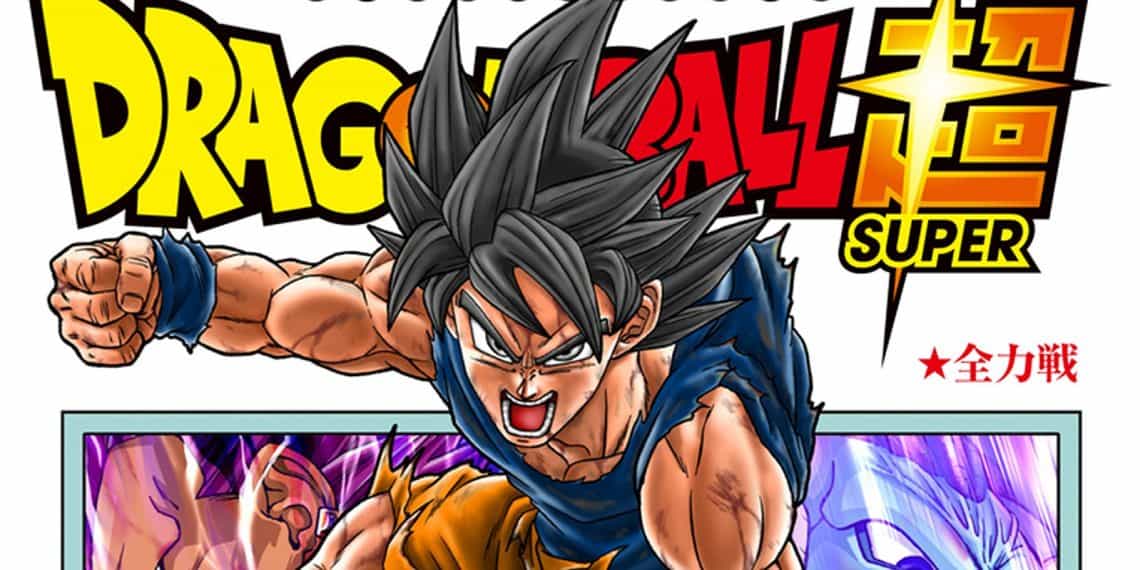For anime enthusiasts, the dichotomy between Dragon Ball Z and its successor, Dragon Ball Super, sparks fervent discussions.
The journey from DBZ’s iconic legacy to Super’s innovative strides forms a captivating narrative within the anime community.

Dragon Ball Super’s Gradual Evolution: Breaking Free from Shadows
In its infancy, Dragon Ball Super encountered criticism for treading too closely in DBZ’s formidable footsteps. The initial arcs, notably Beerus and Golden Frieza Sagas, faced accusations of lacking the freshness expected from a sequel.
However, with time, Super shed the weight of comparisons and embarked on its own narrative ventures. Arcs like Granolah and Moro showcased the series’ potential to stand independently, gradually winning over skeptics.
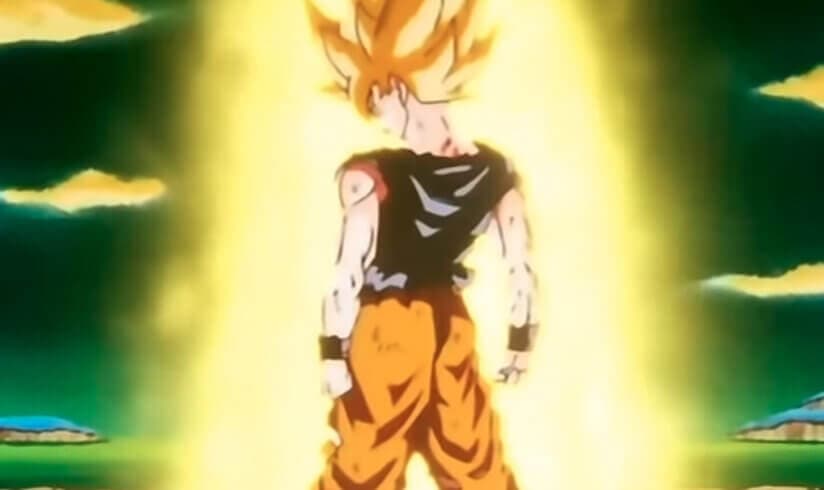
Goku’s Character Arc: Unraveling Layers or Facing Regression?
A critical lens turns towards Goku’s character arc, the heartbeat of the Dragon Ball universe. DBZ masterfully portrayed Goku’s growth from innocence to wisdom, a trajectory that took the Saiyan to unprecedented heights. In Dragon Ball Super, Goku’s character dynamics evoke varied opinions.
Despite newfound power, echoes of youthful ignorance occasionally resurface, prompting debates about character consistency. Instances, such as Goku’s unfamiliarity with meditation, create ripples in the pool of established practices.

Plot Dynamics: DBZ’s Narrative Symphony vs. Super’s Arc-driven Exploration
DBZ’s narrative brilliance, epitomized by cohesive story arcs and intricately woven character relationships, remains a cornerstone in anime history. The Saiyan and Namek Sagas stand tall as paragons of emotionally charged storytelling.
Dragon Ball Super, while housing commendable arcs and compelling villains, occasionally grapples with the absence of a unifying thread. The focus on Goku and Vegeta’s growing prowess becomes a predominant theme, diverging from DBZ’s narrative symphony.
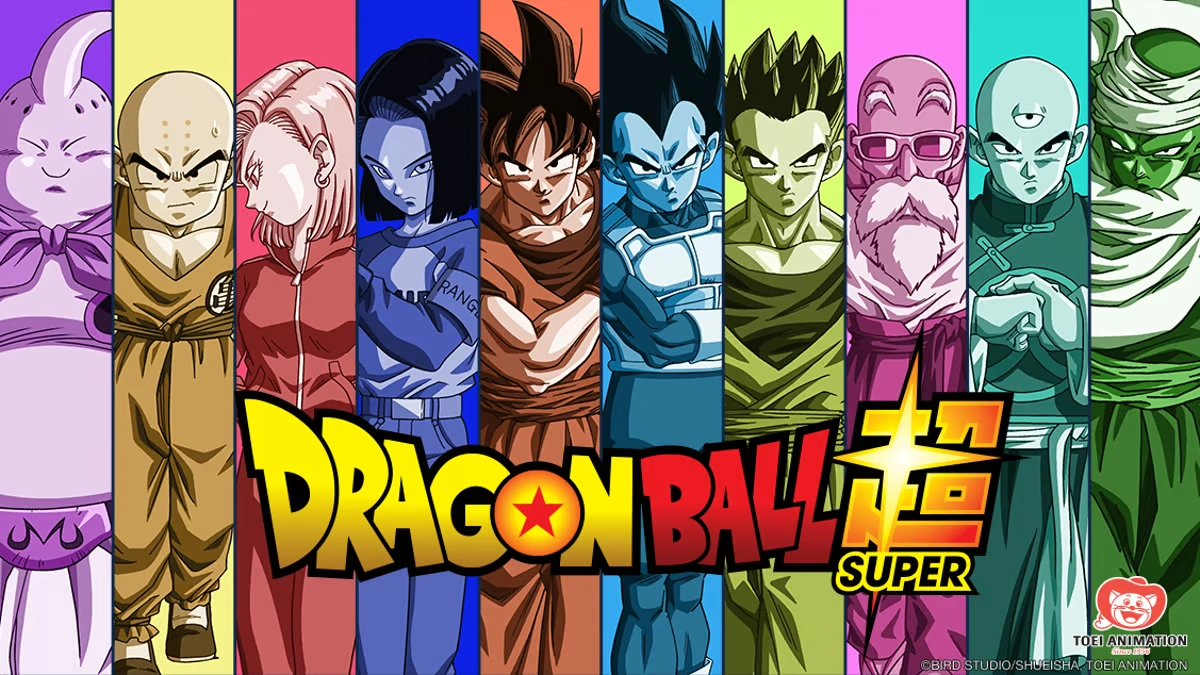
Combat Intensity: The Legacy of DBZ’s Pioneering Fights
The visceral impact of DBZ’s action sequences, where every punch resonates with emotional weight, sets a precedent in the anime realm.
Fights like Goku versus Vegeta or the iconic Goku versus Frieza elevate the medium with graphic elements like blood, intensifying the stakes. Super’s anime adaptation faces flak for toning down violent depictions, resulting in a perceived dilution of battle intensity.
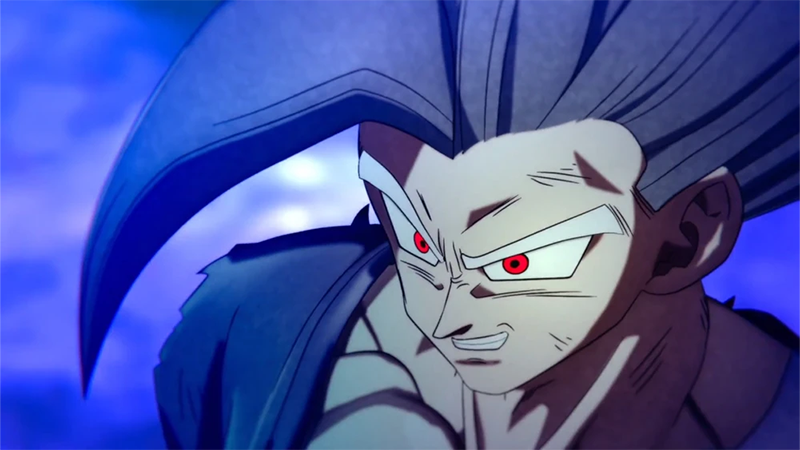
Animation Quality: DBZ’s Timeless Brilliance and Super’s Evolutionary Phases
DBZ’s extended run, comprising 291 episodes, maintains commendable animation quality, particularly during pivotal confrontations.
The series, a vanguard in its era, influenced subsequent shonen anime with its visual excellence. In contrast, Super navigates a trajectory of animation highs and lows. Initial episodes garnered criticism for perceived low-budget animation, a flaw later eclipsed by the visually stunning later arcs and films.
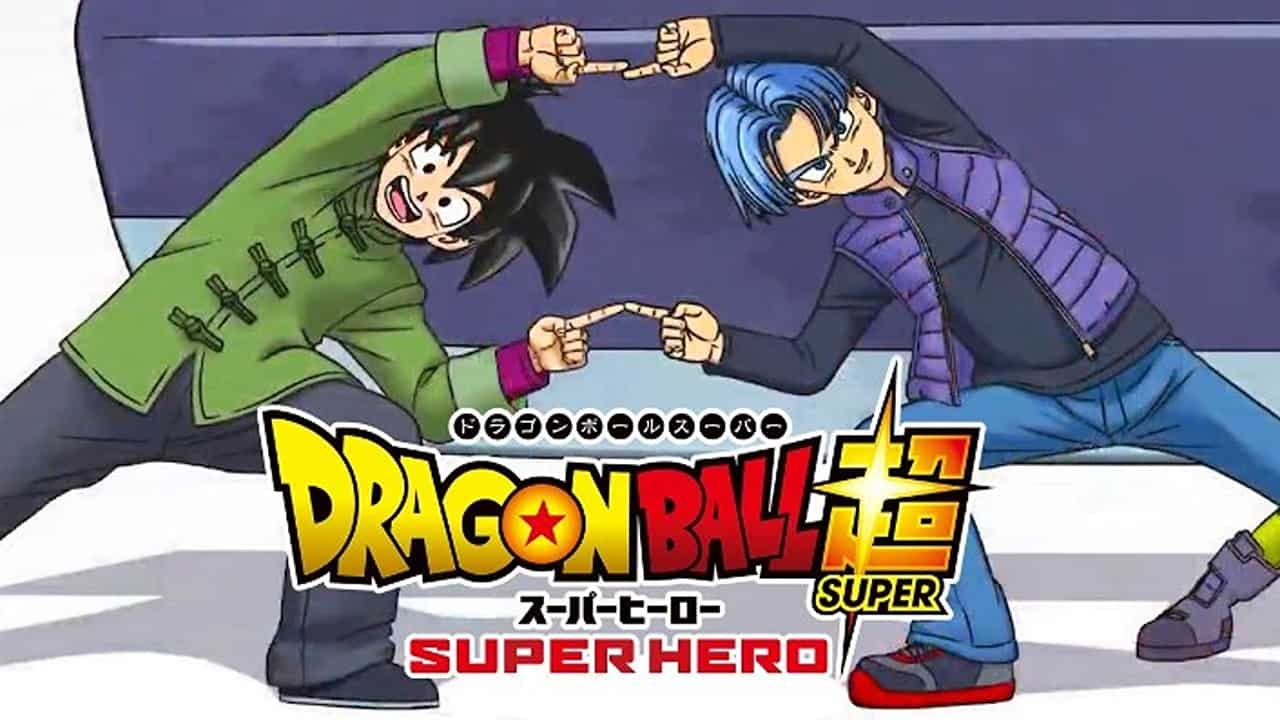
Innovation and Origin: DBZ’s Everlasting Impact
Dragon Ball Z introduced groundbreaking concepts and character arcs, birthing enduring fan favorites and imprinting its legacy on the anime landscape.
Dragon Ball Super, while introducing inspired elements, often finds its roots in the foundational innovations of DBZ. The Tournament of Power, a Super highlight, echoes the tournament arcs of DBZ, signaling a continuation of established traditions.
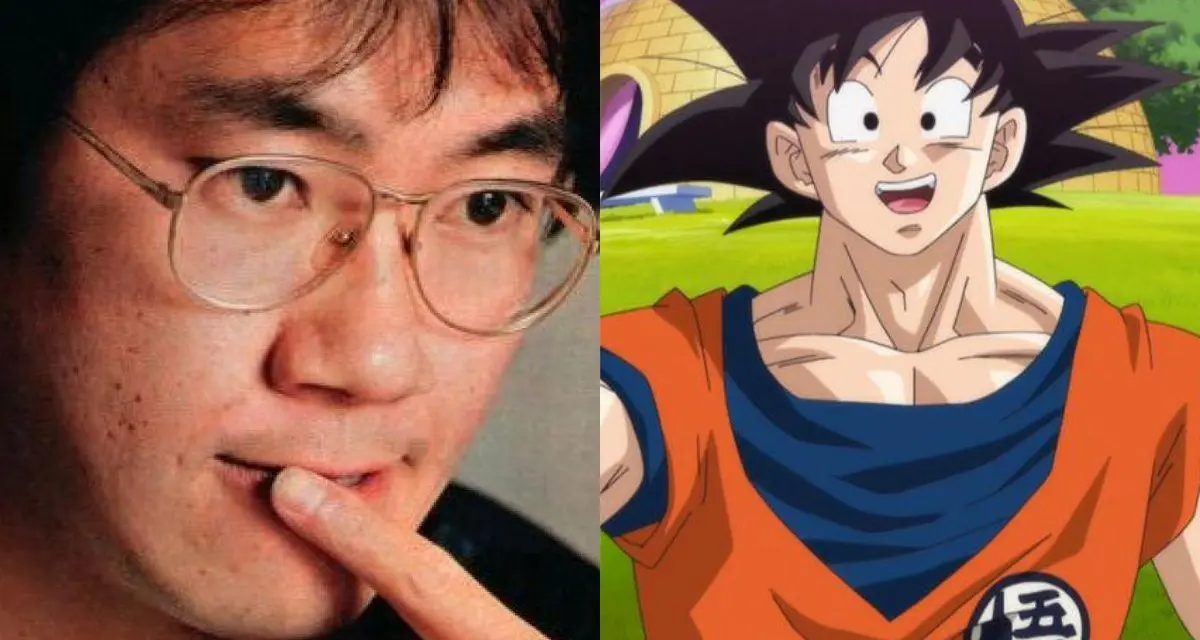
As the perpetual debate between Dragon Ball Z and Dragon Ball Super rages on, the verdict remains subjective, painted with hues of personal connections and nostalgic sentiments.
While Super endeavors to etch its own narrative on the anime canvas, Dragon Ball Z’s enduring impact on the history of the genre stands unassailable.

